Hari-Style Acupuncture: Hari is a classical system of acupuncture and moxibustion developed and practiced by Takayuki Koei Kuwahara Sensei. Based on the five phase system and kototama sound practice, Hari views all diseases as a condition of deficiency and excess in the ki and blood. Through palpation of the meridians, pulse, and hara the relative excesses and deficiencies are identified and treated through both root and branch treatments. Non-insertive needling and use of a teishin are some hallmarks of this gentle yet powerful treatment system.
Harikyu: A Japanese reading for acumoxa based on the Japanese phonetic reading of the character for needle.
Shinkyu: A Japanese reading for acumoxa based on the Chinese phonetic reading of the character for needle.
Ikeda-Style Acupuncture: An approach that combines classically derived theory and hands-on diagnostics to determine disharmonies in the body through use of the meridians, formulating treatments using Acupuncture and Moxibustion on those same meridians to balance out the function and flow of Qi, Blood and Fluids, allowing the body to heal itself..
Kishinpo: A system of Meridian Therapy (Keiraku Chiryo) developed and taught by Shiomi Sensei. Similar to Hari, Kishinpo uses non-insetive needling to treat excesses and deficiencies within the meridian system.
Kampo: Meaning “the Han Method,” Japanese herbalism based on close readings of the Han dynasty text Shang Han Za Bing Lun. In Japan, Kampo is practiced by medical doctors and pharmacists. In the West, it is practiced by acupuncturists.
Kohoha Kampo: A school of herbalism that emphasized simple, older formulas rather than larger formulas focused on general tonic effects (as practiced by the Goseiha school). Most self-identified Kampo practitioners fall into the Kohoha camp.
Shudo-Style Acupuncture: A specific style of Meridian Therapy (Keiraku Chiryo) developed and practiced by Shudo Denmei Sensei and his students (specifically Murata Morihiro Sensei). This system relies on Shudo Sensei’s specific needling style, SRT (super-rotation technique), whereby the needle is placed just at the surface of the skin and rotated 200-400x/minute.
Shakuju: Shaku means accumulations and Ju means gatherings. Based on Hara diagnosis and the use of diagnostic and reference points, this style of treatment occurs mostly on the back using a non-insertive technique or a Shakuju teishin. It has a strong ability to identify and address both superficial and deep imbalances. Based in the theory of “Hie” or cold this type of treatment aims to warm the body at the core or Jing level. It was developed by Dr. Shoji Kobayashi in Japan.
Sotai: Sotai therapy is a method of movement therapy to help people who wish to heal by natural therapies through neuromuscular re-education of the whole body. It involves simple, gentle movements that are easy to perform and brings one into balance and re-aligns the whole body. The simple approach of Sotai is that It always moves in the direction of ease and away from pain. Developed by Dr. Keizo Hashimoto M.D. of Sendai, Japan (1897-1993), Sotai balances the body through breathing, thinking about movement and moving.
Shinkiko: A system of medical qi gong developed by Nakagawa Masato Sensei and currently taught by his son, Nakagawa Kaicho Sensei.
